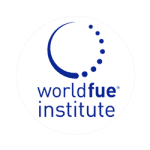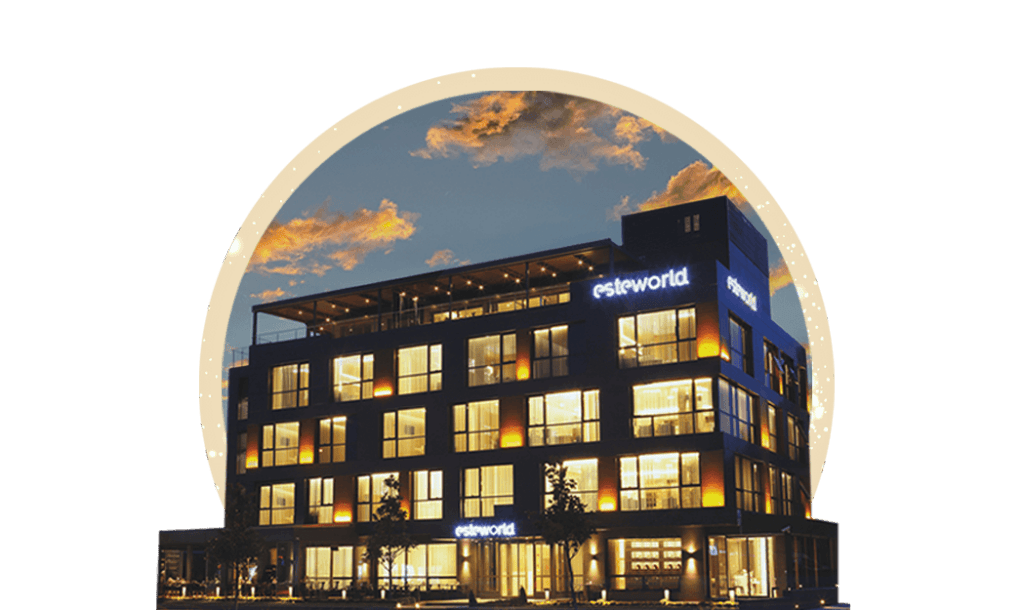What is the Effect of PRP on Hair Loss?
Platelet Rich Plasma (PRP) is a biological substance known for its high concentrations of more than 20 growth factors. These factors include platelet-derived growth factor, transforming growth factor, vascular endothelial growth factor (VEGF), epidermal growth factor, fibroblast growth factor, connective tissue growth factor and the insulin-like growth factor IGF-1.
These essential proteins promote extracellular matrix deposition by regulating cell migration, attachment, proliferation and differentiation. The growth factors in PRP promote hair regrowth by binding to relevant receptors expressed by stem cells of the hair follicle bulge zone and associated tissues.
Does PRP Grow Hair?
PRP application, with its effect on male pattern hair loss, raises the frequently asked question “Does PRP Grow Hair?”. The main purpose of PRP application is to regenerate damaged hair follicles and support their proliferation.
PRP does not have the ability to directly create new hair follicles. However, if there are dormant hair follicles with insufficient blood supply and support growth factors, the following effects of the growth factors contained in PRP can be observed:
Epidermal Growth Factor: Regulates hair cell growth and stimulates keratin and fiber production.
Transforming Growth Factor: Promotes the growth of new blood vessels by increasing the blood supply to the hair follicles.
Vascular Endothelial Growth Factor: Stimulates the growth of new blood vessels in the scalp.
Fibroblast Growth Factor: Provides effective repair of damaged hair follicles and supports tissue repair.
Platelet Derived Growth Factor: Supports collagen growth and proteoglycan synthesis, attracting macrophages and fibroblasts to the treated area.
Collagen Stimulating Growth Factor: Promotes the growth of healthy tissue and blood cells by stimulating granulocyte and macrophage proliferation.
Keratinocyte Growth Factor: Promotes new cell healing and formation by optimizing keratinocyte migration, differentiation and proliferation.
Interleukins, Macrophages, Keratinocytes, Endothelial Cells, Lymphocytes, Fibroblasts, Osteoblasts, Basophils and Mast Cells: It activates fibroblast differentiation into repair cells and also increases collagen and proteoglycan synthesis for healthy cell production and repair of damaged tissues.
PRP treatment with this rich content can be a solution to many people’s hair problems.














